Mike Martin
This is an idea that one of my technicians, Alfred Motila came up with. We are big proponents of live vetiver hedges planted on the contour for erosion control. But some land is too degraded for vetiver to grow well.
My technicians observed that elephant grass (Pennisetum purpureum) can grow better than vetiver (Chrysopogon zizanioides) in very poor soils. Elephant grass is very competitive and can reduce crop yields in lowlands but not so much in higher elevations. Alfred also wanted elephant grass here because it produces forage for his cows.
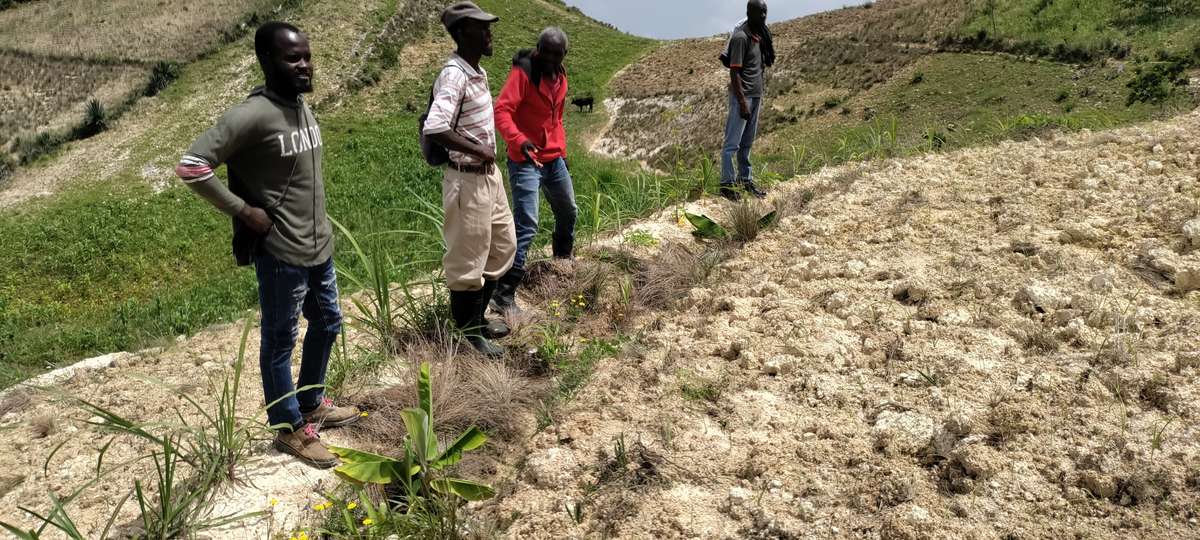
Figure 7. Fertility ditch on Alfred’s farm with elephant grass on the downward slope of the contour and bananas in the ditch. Source: Mike Martin
.jpg?w=200)
Figure 8. Lablab planted with elephant grass. Source: Mike Martin
He decided to try fertility ditches (Figure 7) after he went to a syntropic agroforestry workshop. He learned about managing diverse plantings in rows. He saw that the land was very degraded and felt that digging the ditches and putting organic matter into them would help him restore the soil faster. He planted things like banana (Musa spp.) and lablab (Lablab purpureus; Figure 8) to produce biomass. His goal was for the enriched soil in the row to produce enough biomass to enrich the rest of the land.
Now that the contour ditches have filled up, he is planning to plant vetiver below the ditches to hold the soil. He is going to take out the elephant grass when planting vetiver.
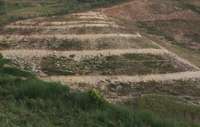
Figure 9. Alfred’s land with ditches planted on contour. Source: Mike Martin
Reflecting on this technique, Alfred doesn’t regret doing it, because it has helped restore his soil (Figure 9) fast. But because of the cost of digging the ditches and the time he had to put into them, it’s not something he will do again. It is always good, after trying something new like this, to weigh observed benefits and tradeoffs in considering next steps.
Brian Moser
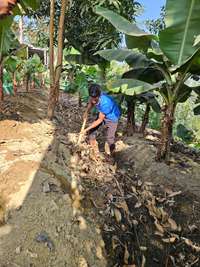
Figure 10. Ditch digging. Source: Brian Moser
First, we dig a ditch 0.9 m (3 ft) wide and close to 0.9 m deep, choosing a location that doesn’t sit in water year-round (Figure 10). We build ditches in sections with each section level with a dam that is already between sections.
Next, we plant bananas on each side of the ditch, triangulated as close as possible since they don’t have large root systems.
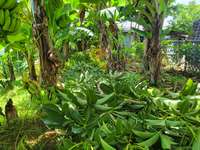
Figure 11. Ditched filled in with organic material. Source: Brian Moser
Next, we layer the following material into the ditch (Figure 11):
- Browns: a high carbon source like rice straw or we use grass that is locally used to make brooms.
- Greens: Herbaceous green material. We use mostly tree leaves and banana plants.
- A nitrogen source. We use cow manure.
- If available: phosphorus (triple super phosphate) and potassium, as bananas are heavy feeders of these nutrients.
Repeat these materials until you have 3-4 layers of each, and the ditch is full. We keep it well-watered letting it sit for at least 8 months (1 year is ideal). The goal is to end up with a high fungal compost.
Observations
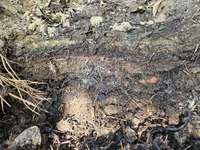
Figure 12. Cross-section of completed compost. Source: Brian Moser
We have seen fungal hyphae when using this compost (Figure 12). We see mushrooms in our vegetable beds where we have used the compost.
When we started using compost in the banana lines, we saw a two- to three-fold increase in banana fruit production (larger bunches/hangers and longer season). We have used the compost generated from this system in our annual production beds with a 5 to 10 cm layer of unsifted compost on top. We noticed that where we have less than 5 cm of compost, we lose productivity. We made one bed in early 2024 and planted it with chili peppers, tomatoes, kidney beans, okra, and corn. We were pleasantly surprised by the yields and plant health we saw. In November 2024 we conducted an observation trial with the following 5 treatments, with each one applied to one annual production bed:
- Compost applied on top of the soil
- Compost mixed into the soil
- Cow manure, aged but not composted
- Chemical fertilizer (three applications at a local, standard rate)
- Bed that received compost the previous year
In figure 13, treatment 1 is on the left and 5 is on the right. We have noticed very little difference between any of them even though the crops in the chemical treatment received three applications of fertilizer.
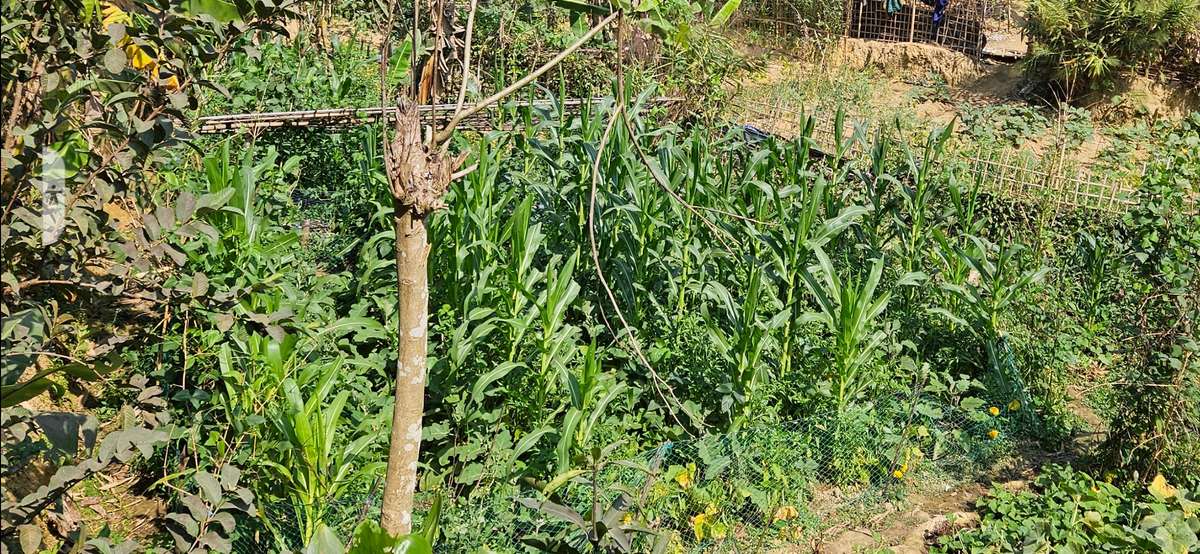
Figure 13. Field observation trial using compost, cow manure, and chemical fertilizer treatments. Source: Brian Moser
One downside of this system is that it requires a lot of organic material all at one time. On the other hand, the benefits last for a minimum of three years with minimal work 3in maintaining the system. Also we had no problems with disease or insects and used much less water in the annual production beds where we used the compost from the banana ditches.